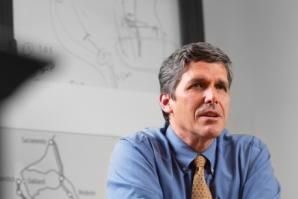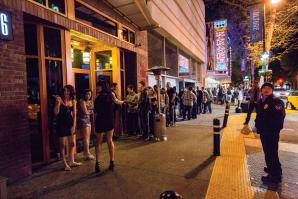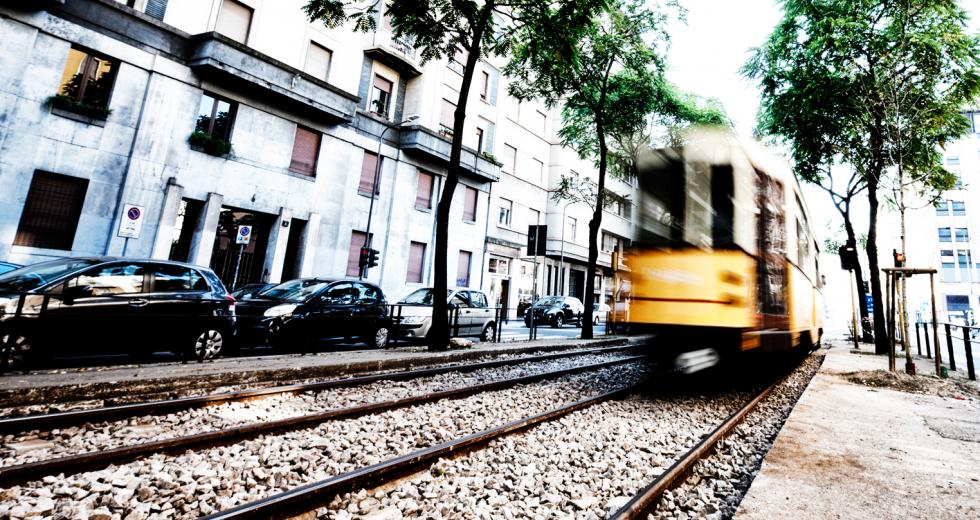For nearly two decades, local city officials have envisioned a streetcar that would transport residents and visitors across downtown Sacramento.
The project, which grew to include West Sacramento in recent years, has built momentum and stalled a couple of times, most recently in 2009, due to lack of support for the funding plan. This was amid the worst of the recession, and city officials realized there was not enough political support to attract the needed private investment. There were also stakeholder concerns about the proposed route.
But the proposal never went away, and over the past year, the Sacramento Area Council of Governments contributed about $1.5 million toward a series of studies to further develop the plan.
There is still uncertainty, however, about whether businesses along the trolley tracks would be willing to chip in to cover construction costs — an integral component. The former funding strategy included a business assessment district wherein property owners would each contribute toward the startup costs. Questions remain about the cost benefit.
“There have been some concerns related to the impact financially to downtown property owners,” says Michael Ault, executive director of the Downtown Partnership.
“But it’s a Catch 22,” he adds. “We’re talking about new arenas and things coming downtown, bringing people down. The ability to easily navigate people through the central city is a priority.”
Sacramento’s private-sector contribution appears to be the remaining piece of a funding plan that involves public dollars from Sacramento, West Sacramento and the federal government. The streetcar as planned would cost an estimated $135 million.
Streetcar supporters point to studies that show the transit systems can incite foot traffic and raise property values. This is partly because streetcars ease parking requirements and enable shop owners to direct more capital toward amenities.
Previously, the Federal Transit Administration indicated the proposal had a strong chance of receiving a competitive grant, which would have to be matched with funds from both Sacramento and West Sacramento. Congresswoman Doris Matsui (D-CA) and Federal Transportation Secretary Ray LaHood have indicated support for the current project, but there cannot be a guarantee of federal funding until Sacramento has finished all its necessary environmental and economic impact reports and identified a local funding strategy.
If all goes according to the cities’ plan, environmental reports would be approved by summer 2014, and the local government would have secured all needed funding to begin construction by the end of 2015.
In its current iteration, the streetcar would start at the West Sacramento Civic Center, travel east on West Capitol Avenue through the developing Bridge District and then over Tower Bridge to Old Sacramento. The tram would then stop at the developing transportation hub in the railyards before connecting to the Downtown Plaza and down K Street to the Capitol, the Convention Center and part of midtown.
The attractions along the route of the streetcar were not selected merely because they are tourist hotspots — both cities rely on streetcar funding from developers in those areas. The proposed route could change if Sacramento realized there was a funding opportunity from other commercial property owners in town. Either way, city representatives hope the route would expand over time to include other areas.
West Sacramento has passed several local measures with sales taxes that could be applied toward the streetcar, and local developers there have indicated that they would be willing to support the project, said city representatives.
The city hopes the streetcar would benefit West Sacramento’s burgeoning Bridge and Washington districts, which are envisioned as high-density waterfront areas with plans for a possible hotel and conference center and affordable housing geared toward young people.
“From the Bridge District to the (Sacramento) midtown core, we’re all trying to build high-density urban districts,” says Chris Ledesma, a West Sacramento councilman. “When people park, you want them to stay parked so they don’t have to get back in their car. That’s what makes urban centers really challenging.”
The streetcar project is currently being developed by a consulting team and committee that includes representatives from both cities as well as Sacramento Regional Transit District and the Yolo County Transportation District.
Recommended For You

The Conductor
The California High-Speed Rail Authority replaced an engineer with a political operative to lead the nation’s biggest public works project. Jeff Morales instantly charmed his opponents but made technical decisions that placed high-speed rail at the mercy of the courts. Can Morales save his runaway train?

All Eyes on Kay
Beefed-up security steadies K Street
Sac Town revelers along K Street seem oblivious to new coordinated efforts by the Sacramento police, city officials, pubs, clubs and bars to deploy new layers of security and preparedness which, well, probably account for the harmony on this Friday evening in March.



